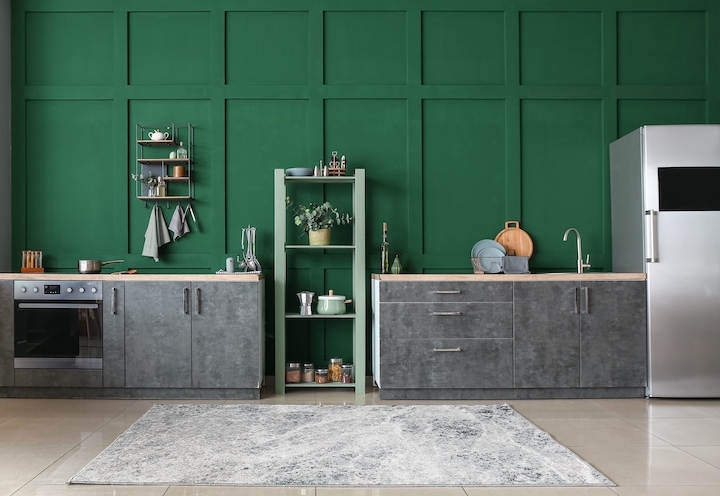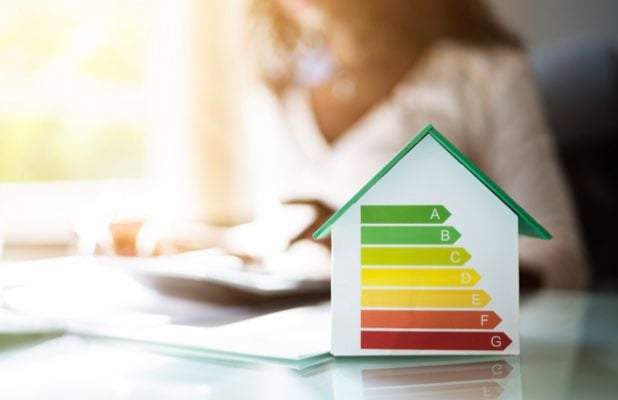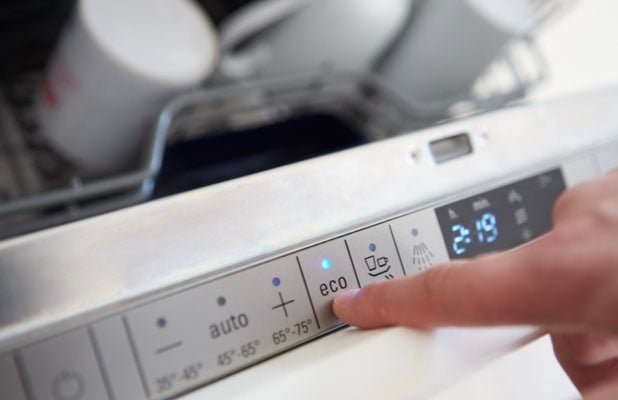Author: Editorial board

ERP Directive and sustainability of home appliances: let's sum things up
New household appliances are designed to provide maximum comfort and ease of use. But what is the impact of new generation appliances on the environment and what is their real energy expenditure? Today, the home appliance industry is making a significant contribution to sustainability and the circular economy . The new devices on the market are equipped with important features that focus on sustainability and energy efficiency. In recent years, sustainability has indeed become a global priority, prompting governments and industries to develop measures to reduce the environmental impact of consumer products. Among these measures, the European Union's ERP (Energy Related Products) Directive represents a significant step towards promoting energy efficiency and sustainability in the household appliances sector.
This article takes an in-depth look at::
- ERP Directive and energy labelling: the impact on sustainability
- ERP Directive and green and eco-friendly appliances
Click on the button below and discover the infographic dedicated to home appliance trends.
ERP Directive and energy labelling: the impact on sustainability
The ERP directive, an acronym for Energy-Related Product and formally known as Directive 2009/125/EC, was issued by the European Union in 2009 and contains a set of rules for the eco-design and reduction of harmful emissions of energy-related products. The ERP Directive, in fact, encompasses a series of rules for ecological design and the reduction of harmful emissions from energy-related products. The regulation was established with the intention of regulating the construction of all devices that involve the use of energy, providing eco-design requirements. Appliances such as refrigerators, washing machines, and ovens are among the main targets of this directive. This necessitates thorough control of the production steps of an appliance: from raw materials, processing methods, transport and sale, to the recycling or disposal of the components themselves. The introduction of the ERP Directive has had a significant impact on the sustainability of appliances. Manufacturers have been forced to innovate and adopt more efficient technologies. For example, many refrigerators and washing machines now consume less energy compared to previous models, thanks to more efficient motors and improvements in thermal insulation.
Moreover, the directive has pushed for greater transparency through energy labeling, allowing consumers to make more informed choices. Following the eco-design ERP directive, clear and visible energy labeling has been made mandatory on all appliances. Energy labeling is established according to accurate calculation procedures defined by the European Commission and allows for comparing and measuring the efficiency level of each appliance or system to evaluate their performance. Starting from March 2021, a new energy label came into effect: a necessary revision from the perspective of energy savings. According to EU estimates, the legislation for energy labels and eco-design will allow a saving of about 230 Mtoe by 2030.
The update has included a return to the A – G classification without the use of “+” signs to facilitate the readability of the consumption class, ensuring transparency and clarity of information for consumers. Additionally, a QR code has been added for scanning, which links to the EPREL (EU Product Database for Energy Labelling) database to access all the device specifications, including technical sheets and comparative consumption tables.
The A class, associated with the bright green color, indicates the highest energy efficiency, while the G class, denoted by the red color, represents the least efficient category. Furthermore, it is expected that by 2024, appliances belonging to the G and F classes will be removed from the market.
The revision of the energy label is designed to introduce more challenging criteria for manufacturers, encouraging companies to improve product performance through the introduction of increasingly efficient technologies.

ERP Directive and green and eco-friendly appliances
The ERP Directive has represented a fundamental step towards the sustainability of appliances, pushing for significant improvements in energy efficiency and eco-friendly design. While the new measures provided by the energy labeling regulation can be seen as the driving force behind the technological progress of household appliances, new consumption trends have simultaneously impacted the new production methods of appliances.
Today, environmental protection is one of the pillars guiding consumer choices. Appliances, being responsible for a significant percentage of domestic energy consumption, are considered the type of products that should be the most sustainable.
Hence, new devices on the market are equipped with innovative features specifically designed to improve sustainability and energy efficiency: consumption and bill costs are reduced.
These are the sustainable household appliances, technological devices equipped with automation systems that save energy and time. For example, eco-friendly dishwashers and washing machines are designed with systems that detect the degree of dirtiness of dishes and clothes in order to adapt the washing cycle in terms of the amount of water and energy needed for an optimal result. The latest models on the market also offer the possibility of connecting the power supply of the washing machine or dishwasher directly to the hot water, avoiding further consumption of electricity to heat it.

In conclusion, a green appliance, in its own small way, can make a difference in the fight against climate change: choosing the most suitable model based on consumer needs is crucial.
At SLIM, we support technological progress and stand alongside industry stakeholders, making our small contribution to promoting sustainable lighting signaling solutions and assisting companies in the sector with the ongoing energy transition.
Would you like to learn more about SLIM's light signaling components for the home appliance sector? Click the button below and download the free brochure.
